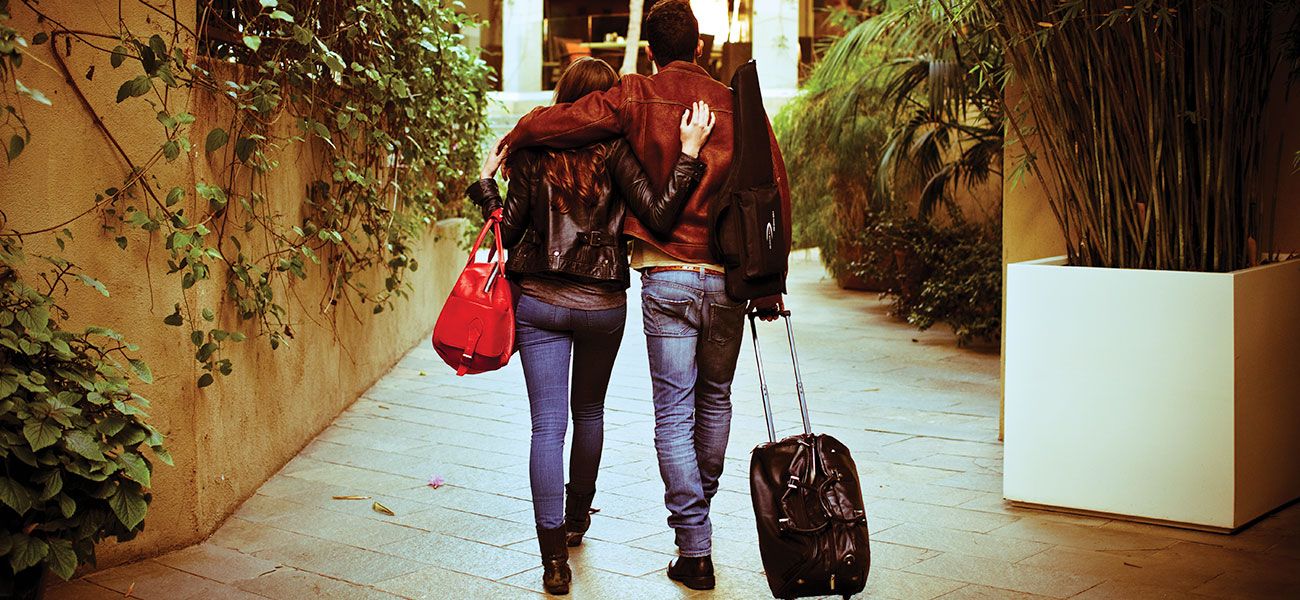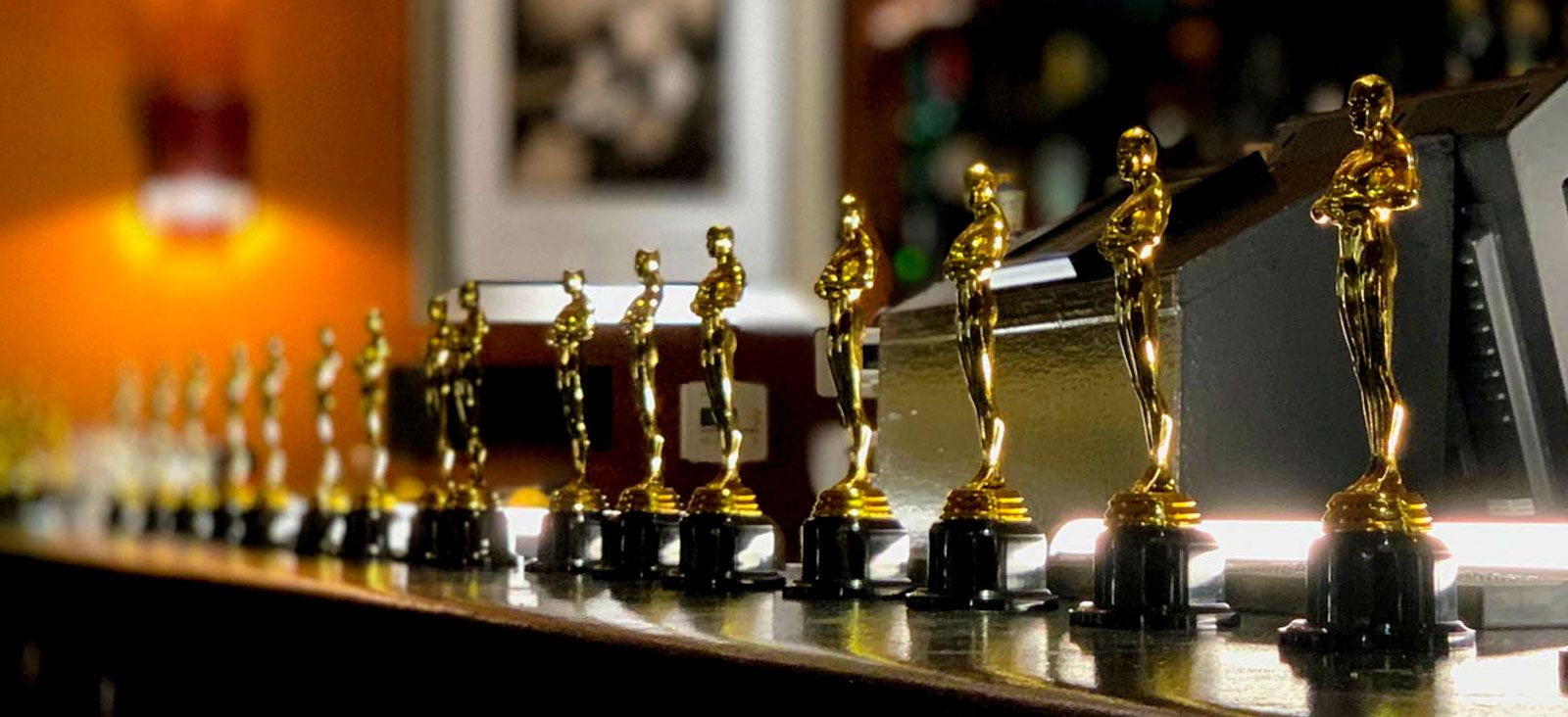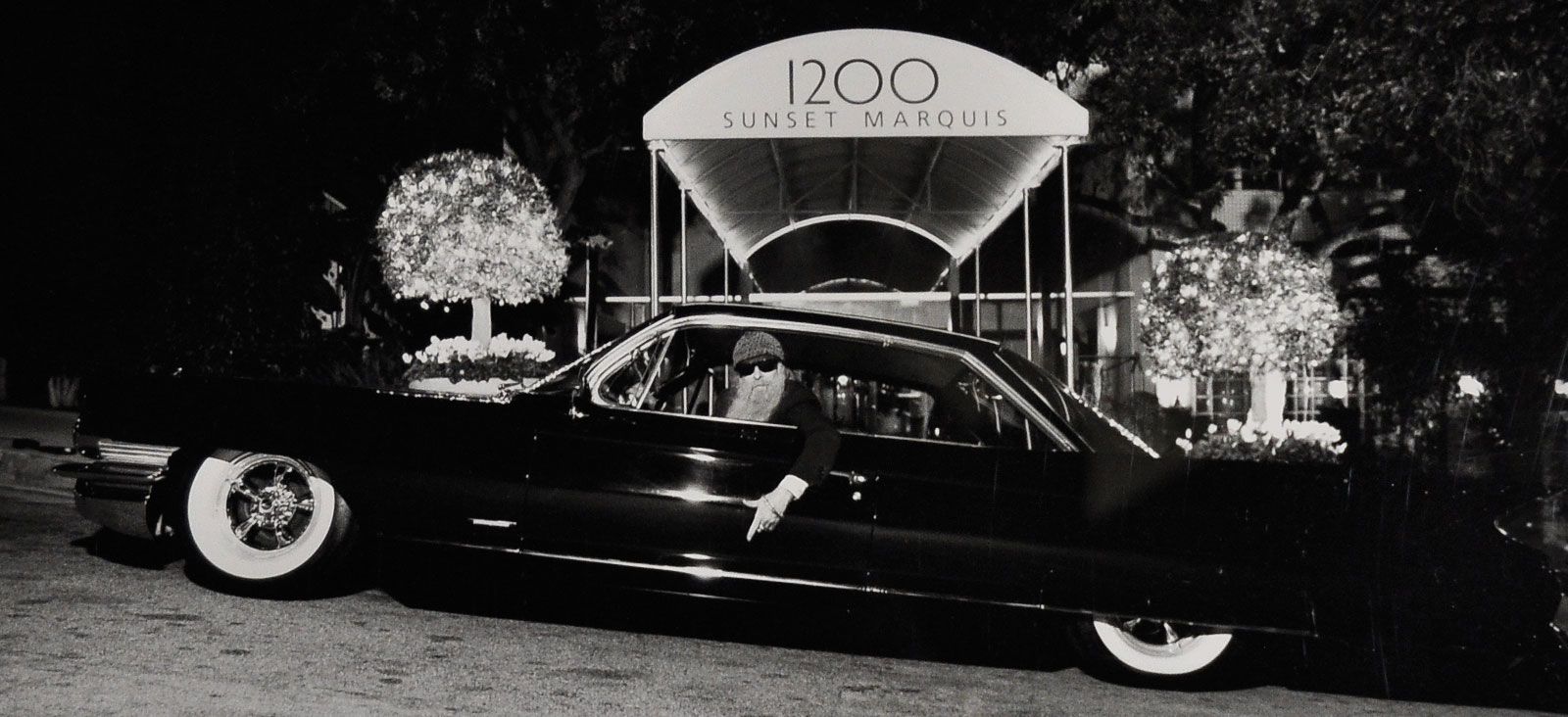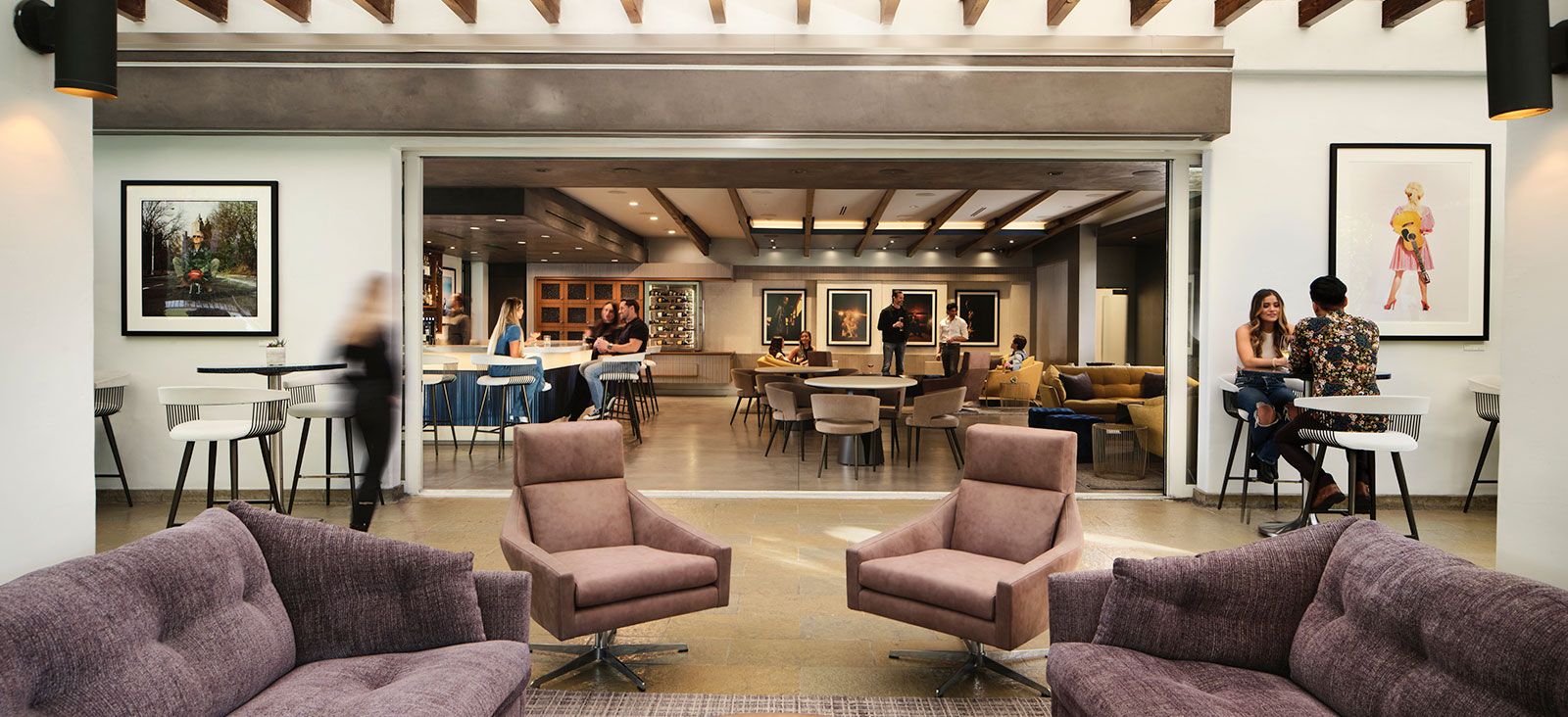Black History Month From a West Hollywood Lens
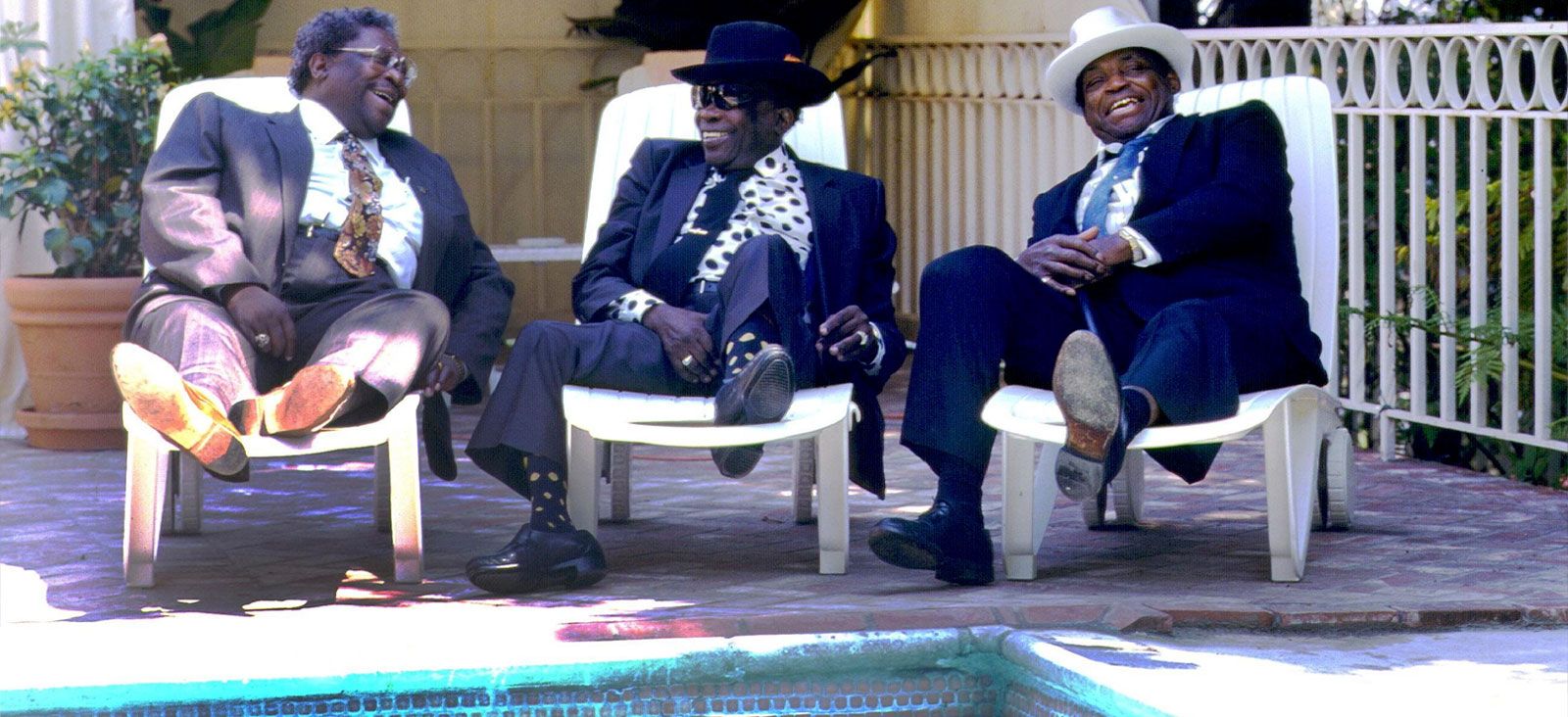
This year marks the 46th formalized, national observance of Black History Month. For nearly five decades, February has been dedicated to celebrating the great achievements of African Americans and the strides made for equal rights. It has also been a time to reflect on, discuss, and work toward the progress that still stands ahead of us.
Looking across the constellation of moments, which compiled together have radiated larger movements, there are prominent figures and places that stand out in our collective memory. Los Angeles has – both for better and worse – been one of those places. An inherent melting pot, our city has long been a space for progress, discussion, and novel perspectives. Some examples follow. After the Montgomery Bus Boycott, Martin Luther King Jr. made his way to Los Angeles in1960 to discuss civil rights at the Democratic National Convention. The Second Great Migration made L.A. the West Coast’s largest Black population, leaping from 63,700 in 1940 to 763,000 in 1970. Los Angeles was home to Ralph J. Bunche, the first African American to win a Nobel Peace Prize in 1950. What about the Dunbar Hotel (originally the Hotel Somerville), which was regarded as the finest Black hotel in the nation and provided first-class accommodations for African Americans in segregated L.A. Its nightclub would play a vital role in the Central Avenue jazz scene, showcasing Louis Armstrong, Billie Holiday, Duke Ellington, Lionel Hampton, Lena Horne, and many others. And as the program surrounding the Rams in the Super Bowl at the SoFi Stadium just reminded us, UCLA’s own Kenny Washington was the first Black football player to officially sign with the NFL, despite years of its exclusion of Black players.
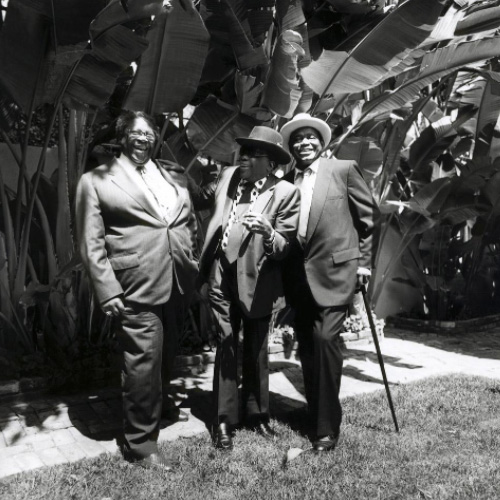
by Paul Natkin
But achievements and progress never happen in a vacuum, never without their own headwinds. While Los Angeles was emerging as an epicenter for West Coast Jazz in the 50s, up-and-coming Black musicians were still often relegated to playing small nightclubs. The famous Mocambo wouldn’t book Ella Fitzgerald – for a variety of iniquitous reasons – until Marilyn Monroe said she would take a front table every night that Ella played, thus forcing the owner’s hand. Or how about, the Beach Boys famously glorifying California beaches within decades of the Manhattan Beach city council stealing beach property from Willa and Charles Bruce.
As a mecca for artists, Los Angeles unsurprisingly became a megaphone for Black voices and perspectives. And West Hollywood – a hub for musicians, actors, and athletes – was the stage for many famous Black musicians to share their hearts, songs, and journeys. Sammy Davis Jr. floored the Hollywood elite onstage at Ciro’s in 1951. Ella Fitzgerald’s career took off after belting her genius out at the Mocambo. The Roxy’s spotlights lit up various legends ranging from The Temptations to Bob Marley. And Whisky a Go Go was a hot go-to spot for Jimi Hendrix.
After performances, stars would wander down Sunset Boulevard, then waltz, strut, or flaunt their way through the Sunset Marquis. At our hotel, they would be welcomed by fellow musicians, entertainers, and hotel staff. Infamous trios like B.B. King, John Lee Hooker, and Willie Dixon were captured under the palms and poolside. Gary U.S. Bonds showed all of us how to perfectly lounge in the L.A. sun at our main pool. It’s our great pleasure to have provided a space for iconic artists like these.

These icons not only check-in at the Sunset Marquis, but they are also memorialized by our partners, the Morrison Hotel Gallery, and NightBird Studios. The Morrison Hotel Gallery is a vivid archive for music’s top moments with exhibitions like “Excellence,” which “cross[es] genres, continents, and centuries… recounting stories of exceptional virtuosity through the lens of Black artists whose indelible and pioneering contributions set the tempo for the untamed soul of millions.” Meanwhile, a floor below, new notes, chords, and choruses are produced at NightBird Studios by leading voices of the music industry, which remains hugely impacted and defined by Black musicians. Check out NightBird’s client page for the scope of its music’s reach.
The musical journeys of legendary Black artists from small nightclubs (to NightBird Studios) to the world’s biggest stages are pieces of a greater Black history, and there is a mutual thread between these individual stories and that larger history – perseverance. Perseverance to ensure voices and experiences are heard. Perseverance to push our city to morph, grow, and absorb imperative cultural shifts. These legendary individuals were more than artists, entertainers, athletes, and business owners. They used their voice to change others’ perspectives and redefine our universal perspective.
Happy Black History Month, everyone.
Latest





